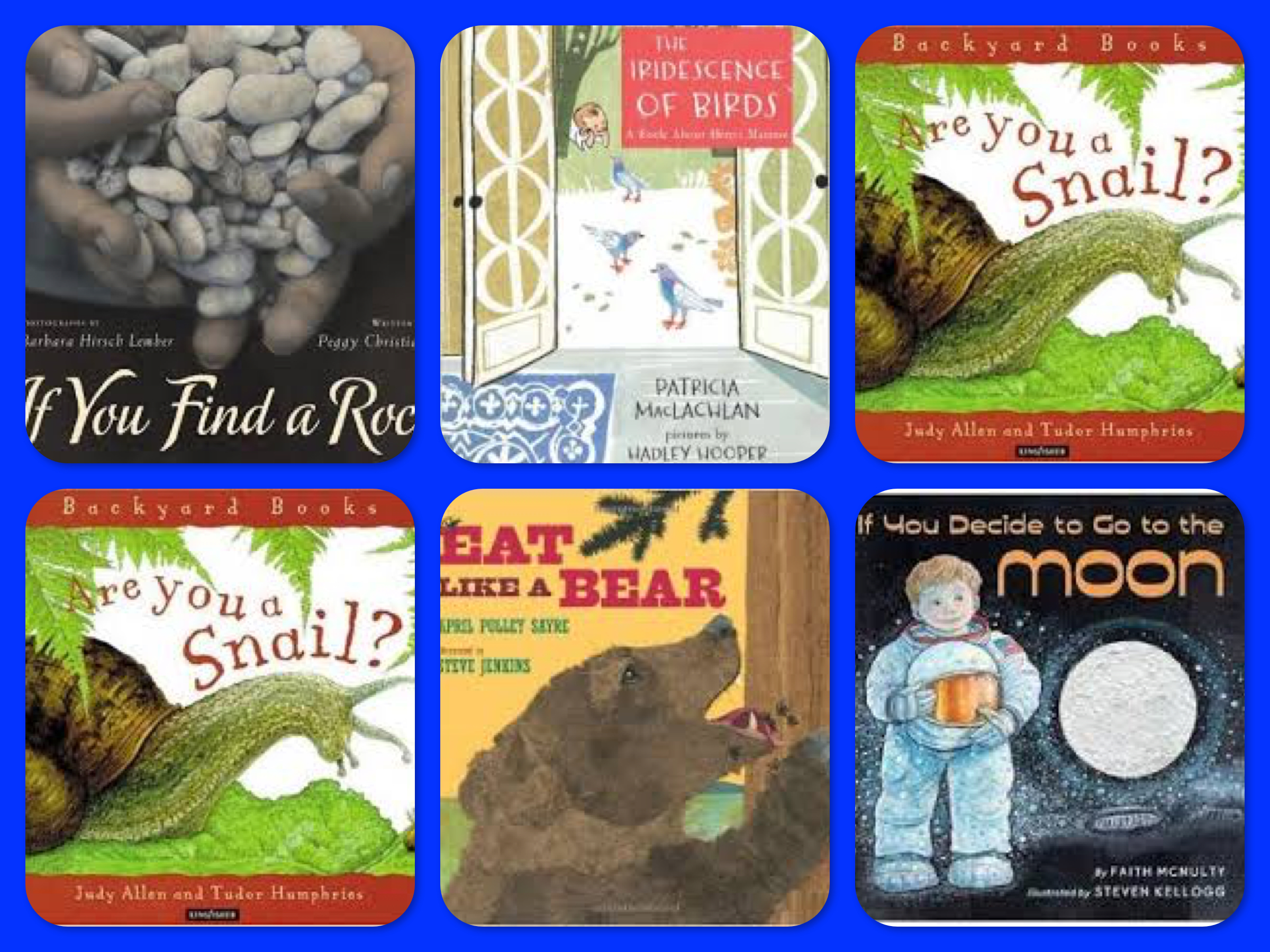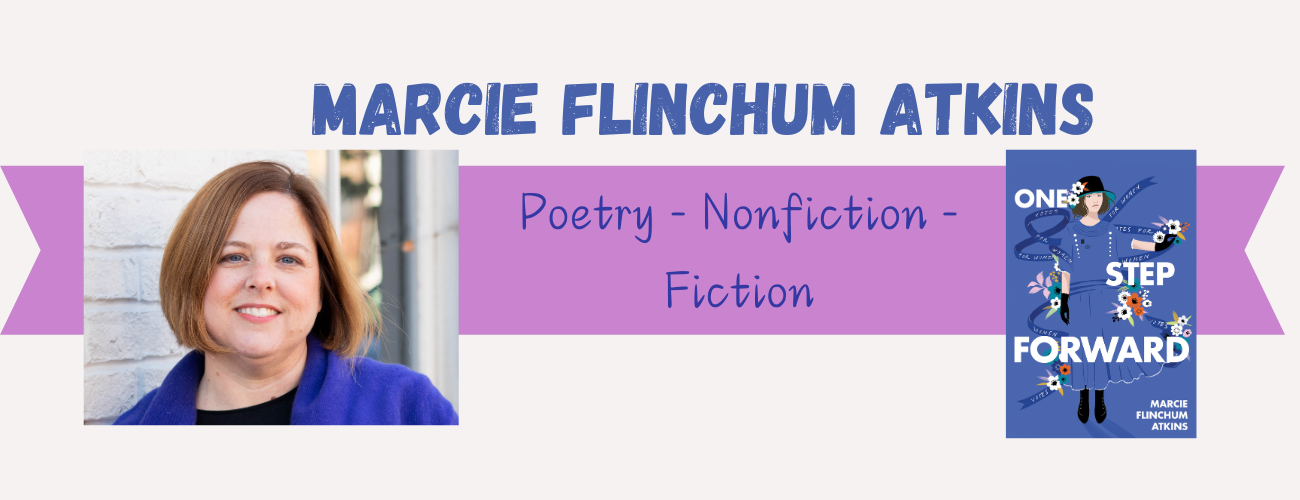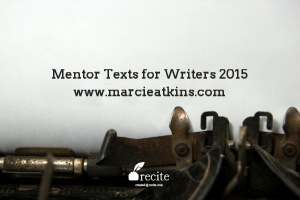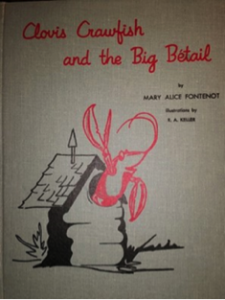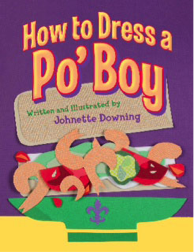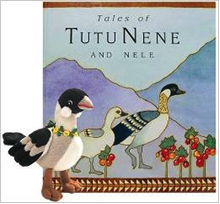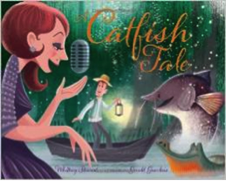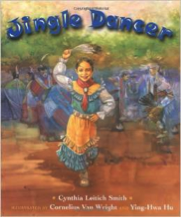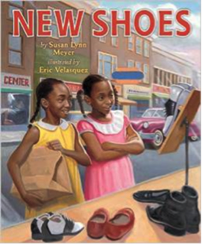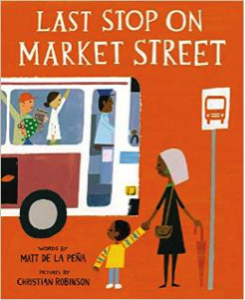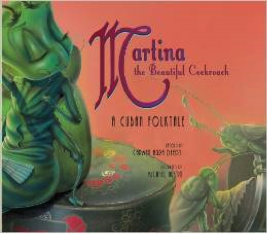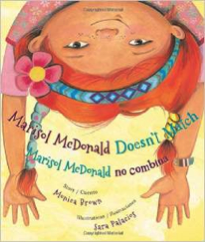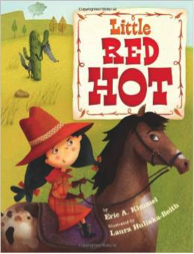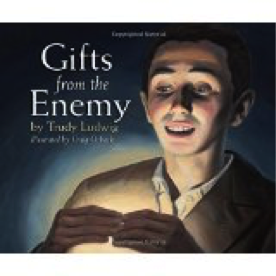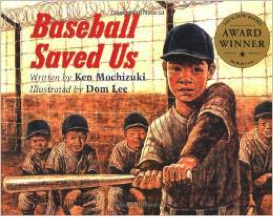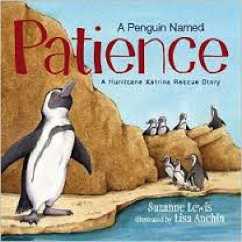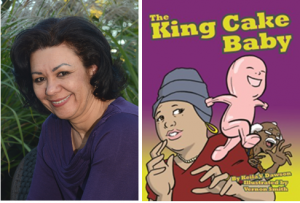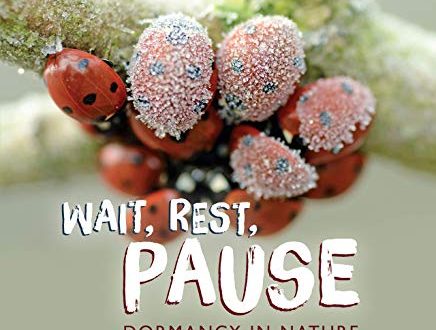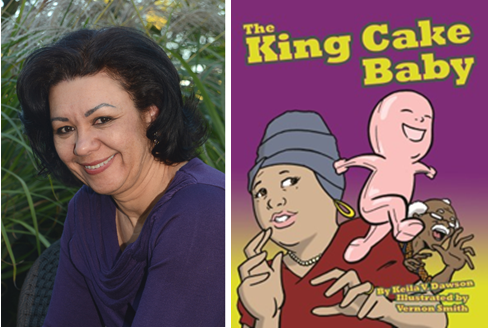
Mentor Texts for Writers: Finding Authentic Voice in Cultural Mentor Texts by Keila Dawson
Keila and I share something in common. We are both Third Culture people. Keila is a TCA (Third Culture Adult) and I’m a TCK (Third Culture Kid). In other words, we’ve lived in countries that are different from our passport country. What I love about Keila’s approach to mentor texts is that she takes multicultural children’s books and teams them up with the ever-important voice. Welcome, Keila!
Write what you know.
Write from the heart.
When we write what we know and from the heart, readers will hear our unique “voice”. Or so we are told. Does “voice” come naturally to writers? Can a writer study it? Wait, what is “voice” anyway?
“Voice is the sum of all strategies used by the author to create the illusion that the writer is speaking directly to the reader from the page.” (Don Fry, quoted by Roy P. Clark, Writing Tools: 50 Essential Strategies for Every Writer, Little, Brown, 2006)
Voice involves a lot of simultaneously moving parts! I get it, it’s complicated. Yet, although hard to explain, I know it when I read it. As picture book writers, we read a lot of picture books. My favorites have a certain je ne sais qua, that ‘I don’t know why, but I love this book’ feeling. Trying to figure out what makes a book so appealing is worthy of a deeper look. So I took a look inside books, to study different parts. I like to learn about the authors too and hear about their story behind the story. Given my passion for genealogy and travel, I am drawn to books about culture. Books that I want to read over and over, or read aloud, or hear the author read aloud, are the ones where I connect to an author’s voice or the story’s voice. Below are examples of ways in which I hear “authentic voice” in books. The books I chose to share are all representative of a specific culture. And today, with an emphasis on inclusion and diversity in children’s literature, there are many, many different voices waiting to be heard, and audiences eagerly waiting to hear them.
Word Choice & Vocabulary
Clovis Crawfish and the Big Bétail by Mary Alice Fontenot, illustrated by R. A. Keller, Claitor’s Publishing, 1963-1977.
Republished by Pelican Publishing Company, Inc.
I believe voice was introduced to me unconsciously by Mary Alice Fontenot. Above is a photo of my very used, beloved, first edition black and white copy. Her stories about Clovis and friends remain popular today.
When I read this book, I can hear the author’s voice through her word choice. The words flow. The vocabulary is familiar and personal because I grew up listening to Louisiana languages and lingo, pronunciations, and cadence.
“That’s René, said Clovis. “He’s a rain frog, and he is my friend. He is singing his rain song because he wants it to rain so he can get cool. “J’ai chaud, j’ai chaud” is a way to say, I’m hot, I’m hot’ in south Louisiana.
“You folks over here sure do talk funny,” said Andrew.
Clovis [klaw-VEES] bétail [bay-TA-yuh] René [ruh-NAY] j’ai chaud [ZHAY-SHOH]
How to Dress a Po’ Boy by Johnette Downing, Pelican Publishing, 2013
Johnette Downing is an example of a read, re-read, and read it again “voice.” Her books are sing-a-longs too! Through poetic verse and music she oozes southern charm and love of culture.
“A po’boy is a sandwich, everybody knows,
“Dressed” with all the fixings and this is how it goes.”
Storytelling
Tales of Tutu Nene and Nele by Gale Bates, illustrated by Carole H. McCarthy,
Island Heritage Press, First Edition, Fifteenth Printing, 2004
When looking at voice in a cultural context, folktales come to mind. I enjoy collecting these from different places around the world. For generations stories educated, entertained, and influenced behavior. Modern tales do the same.
“In Hawai’i, a Tūtū is a grandmother who is known for her stories and wise words. The Nēnē is Hawai’i’s state bird and is believed to be the rarest goose in the world. Nele Nēnē loves to listen to her Tūtū’s tales. When she finds a hole in the fence and escapes into the wild, her grandmother’s words have a profound effect upon her survival. (from the introduction)
Sentence Structure & Point of View
A Catfish Tale: A Bayou Story of the Fisherman and His Wife by Whitney Stewart, illustrated by Gerald Guerlais
Albert Whitman & Company, 2014
“Once upon a time” or “A long time ago” or “It is told” are commonly used in folktale beginnings. In this retold tale, the beginning resembles the listener-speaker dynamic used in storytelling and told from the point of view of an alligator who heard the tale from his “Pawpaw”.
“You ever heard the story of the fisherman and his wife? It’s an old tale my pawpaw told me when I was just a hatchling. Some say it’s a lie, but Pawpaw swore he saw it all happen with his own eyes.”
Onomatopoeia, Anthropomorphism & Description
Jingle Dancer by Cynthia Leitich Smith, Ying-Hwa Hu, illustrated by Cornelius Van Wright
HarperCollins, 2000
The onomatopoeia, anthropomorphism & description on the opening page of this book engage the reader at a sensory level. You can hear, see, smell, and taste the author’s words. And the jingles, in a cultural context, are central to this Native American story.
“Tink tink, tink, tink sang the cone-shaped jingles sewn to Grandma Wolfe’s dress. Every Grandma bounce-step brought clattering tinks as light blurred silver against jingles of tin.
Jenna daydreamed at the kitchen table tasting honey on fry bread, her heart beating to the brum, brum, brum of the powwow drum.
Dialogue
New Shoes by Susan Lynn Meyer, illustrated by Eric Velasquez
Holiday House, 2015
Write what you know. Sounds easy enough. But what if you don’t know what you don’t know? What if what you think you know is wrong? Susan Meyer researched the Jim Crow era for a novel work in progress. When she discovered ways African-Americans resisted restrictive laws and oppression, the idea for a picture book emerged. She asked African-American friends to read her manuscript. In a scene where the mother encounters discrimination, Susan’s character responded boldly. Friends however told her the mother would have acted differently back then. Susan changed that scene. That change in dialogue created a more authentic and accurate portrayal of the event. Any disconnect from potential readers avoided.
“Mama, I say, “Can’t colored folks try on shoes?”
“Mama sighs. “No.” But then she puts on a smile. “Let’s think about how nice your feet will look for school.”
Diction & Purpose
Last Stop on Market Street by Matt De La Peña, illustrated by Christian Robinson
G.P. Putnam’s Sons Books for Young Readers, 2015
This book is a good example of write from the heart. Not only because it’s a sweet story about family, thankfulness, and volunteerism, but because the author conveys to the reader a story that he wanted to write. Rather than adhere to standard conventions of writing, he remained true to his story’s “voice.” The use of diction used throughout helps readers hear the playful, warm relationship between the child (grandson) and the elder (grandmother). The syntax is not standard but the voice is perfect and authentic. The characters are well developed. The detailed illustrations reflect the diversity along the city street, through the buildings, transportation and the people.
“Nana, how come we don’t got a car?”
“Boy, what do we need a car for? We got a bus that breathes fire and old Mr. Dennis who always has a trick for you.”
Characterization
If you are looking for ideas about characterization, the books below use both universal themes and specific events tied to a particular cultural group. Follow the journey of the Cuban cockroach looking for love, the quirky Peruvian-Scottish-American girl who likes that she doesn’t match with her red hair and tan skin, and Little Red Hot from Texas and her grandmother who can stomach the hottest chili peppers no wolf can handle. Find out what survival, kindness, and resilience feels like through the characters portrayed in stories while they experience the Holocaust, a Japanese internment camp, and the uncertainty of post Hurricane Katrina in New Orleans.
Martina The Beautiful Cockroach: A Cuban Folktale by Carmen Deedy, illustrated by Michael Austin
Peachtree Publishers, 2014
Marisol McDonald Doesn’t Match: Marisol McDonald no combina by Monican Brown Ph.D., illustrated by Sara Palacios
CBP; Bilingual edition, 2013
Little Red Hot by Eric A. Kimmel, illustrated by Laura Huliska Beith
Two Lions, 2013
Gifts from the Enemy (The humanKIND Project) by Trudy Ludwig, illustrated by Craig Orback
White Cloud Press, 2014
Baseball Saved Us by Ken Mochizuki, illustrated by Dom Lee
Lee & Low Books,1993
A Penguin Named Patience: A Hurricane Katrina Rescue Story by Suzanne Lewis, illustrated by Lisa Anchin, Sleeping Bear Press, 2015
I enjoy books where the story creates “the illusion that the writer is speaking directly to the reader from the page.” Finding books with “voice” appeal may help in finding the “voice” you want to bring to the story you want to write.
Keila Dawson was born and raised in New Orleans, Louisiana, lived in the Philippines, Japan, Egypt, and on both coasts in the US. She worked in states and abroad as a teacher, school administrator, and educational consultant before she became an author. Outside of writing, Keila enjoys travel, tennis, and genealogical research. But most of all, she enjoys sharing her love of Louisiana culture. Her debut picture book, THE KING CAKE BABY (Pelican Publishing Co., January 2015), highlights one of many unique cultural traditions celebrated in New Orleans, eating king cake during the Mardi Gras season. For more about Keila and the Baby, visit www.keiladawson.com .

